select t1.*, t2.photo_link, t2.photo_id, t2.comments
from county as t1
left join photo_table as t2 on t1.coid=t2.coid
where t1.id='14399' and photo_link is not NULL
order by t2.date_c desc Species Photo Gallery for Bothriocera drakei No Common Name 17 |
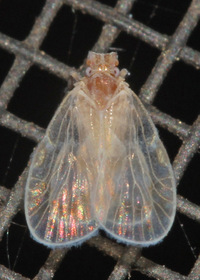 | Photo by: Harry Wilson
Wake Co.
Comment: mixed hardwood and pine habitat | 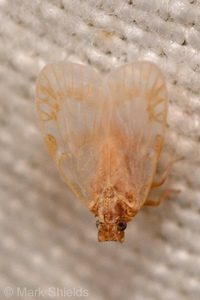 | Photo by: Mark Shields
Onslow Co.
Comment: |
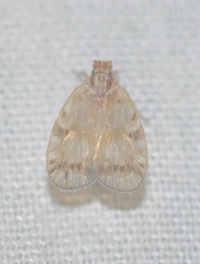 | Photo by: K. Bischof
Transylvania Co.
Comment: GORG | 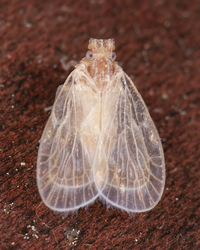 | Photo by: Mark Shields
Onslow Co.
Comment: |
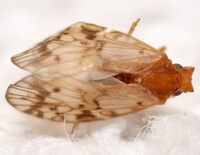 | Photo by: Erich Hofmann
Craven Co.
Comment: photographed by K. Kittelberger | 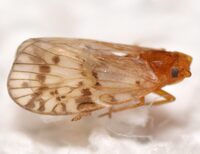 | Photo by: Erich Hofmann
Craven Co.
Comment: photographed by K. Kittelberger |
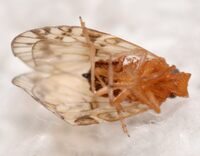 | Photo by: Erich Hofmann
Craven Co.
Comment: photographed by K. Kittelberger | 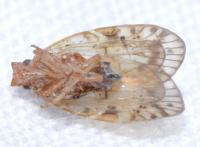 | Photo by: Bo Sullivan
Pender Co.
Comment: photographed by K. Kittelberger |
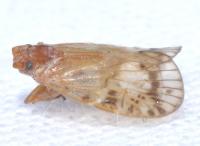 | Photo by: Bo Sullivan
Pender Co.
Comment: photographed by K. Kittelberger | 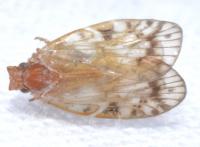 | Photo by: Bo Sullivan
Pender Co.
Comment: photographed by K. Kittelberger |
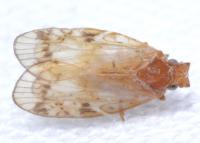 | Photo by: Bo Sullivan
Pender Co.
Comment: photographed by K. Kittelberger | 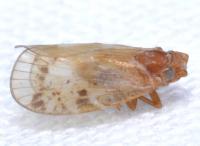 | Photo by: Bo Sullivan
Pender Co.
Comment: photographed by K. Kittelberger |
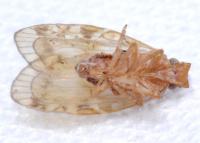 | Photo by: Bo Sullivan
Pender Co.
Comment: photographed by K. Kittelberger | 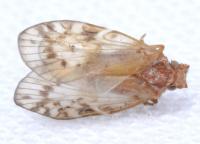 | Photo by: Bo Sullivan
Pender Co.
Comment: photographed by K. Kittelberger |
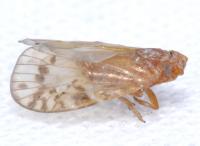 | Photo by: Bo Sullivan
Pender Co.
Comment: photographed by K. Kittelberger | 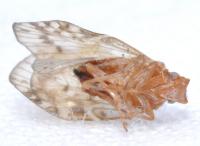 | Photo by: Bo Sullivan
Pender Co.
Comment: photographed by K. Kittelberger |
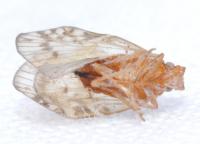 | Photo by: Bo Sullivan
Pender Co.
Comment: photographed by K. Kittelberger |

 »
»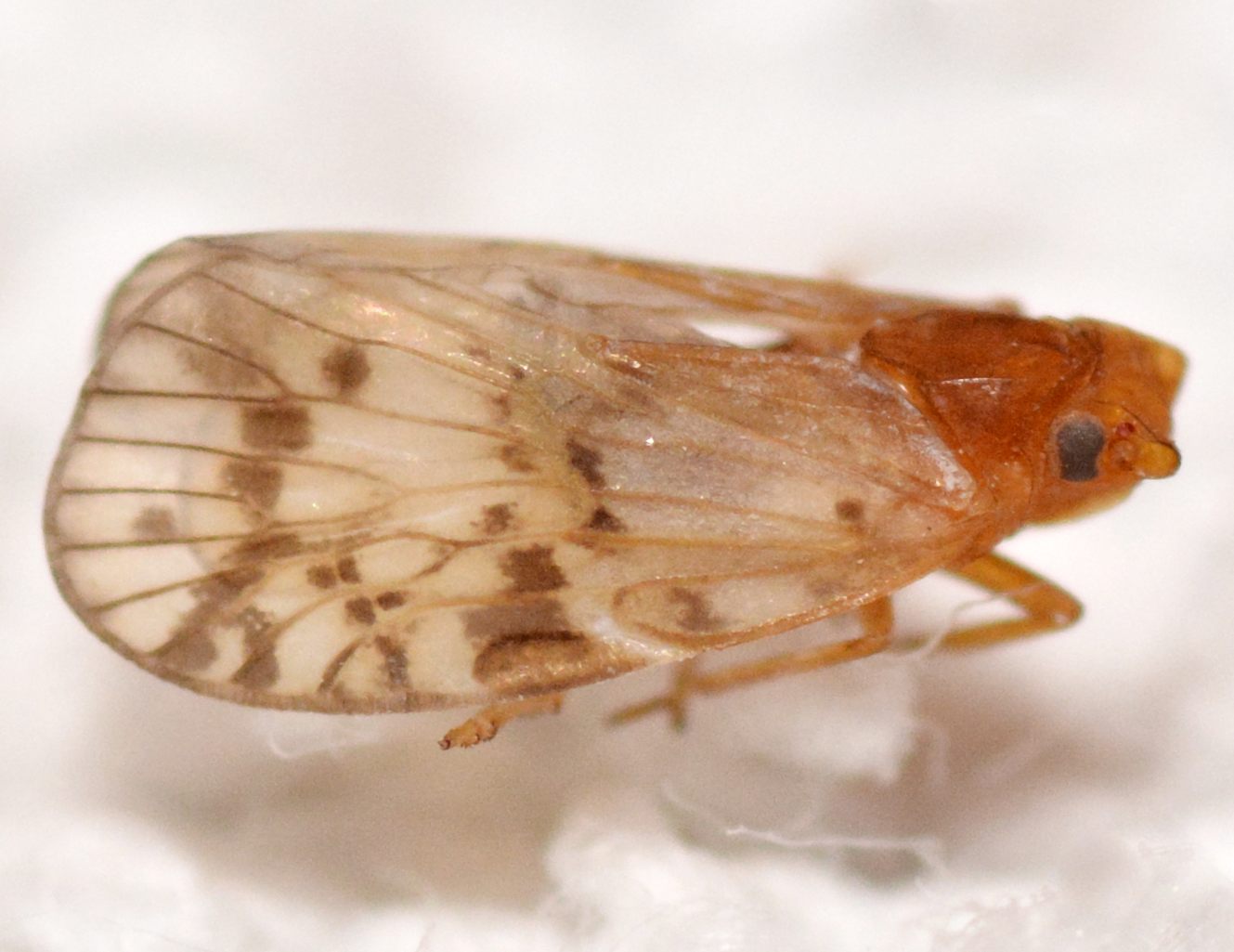
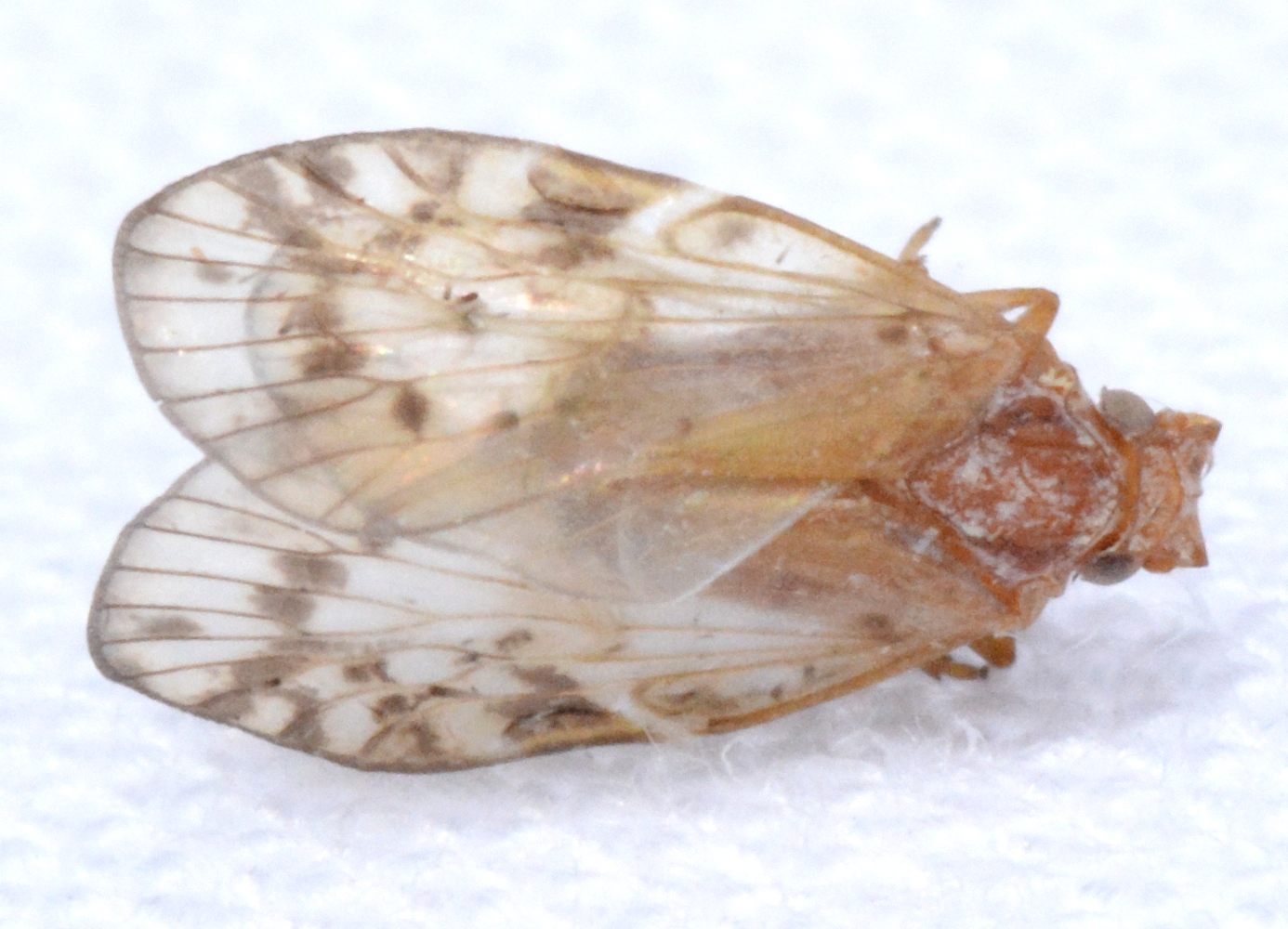



 »
»


